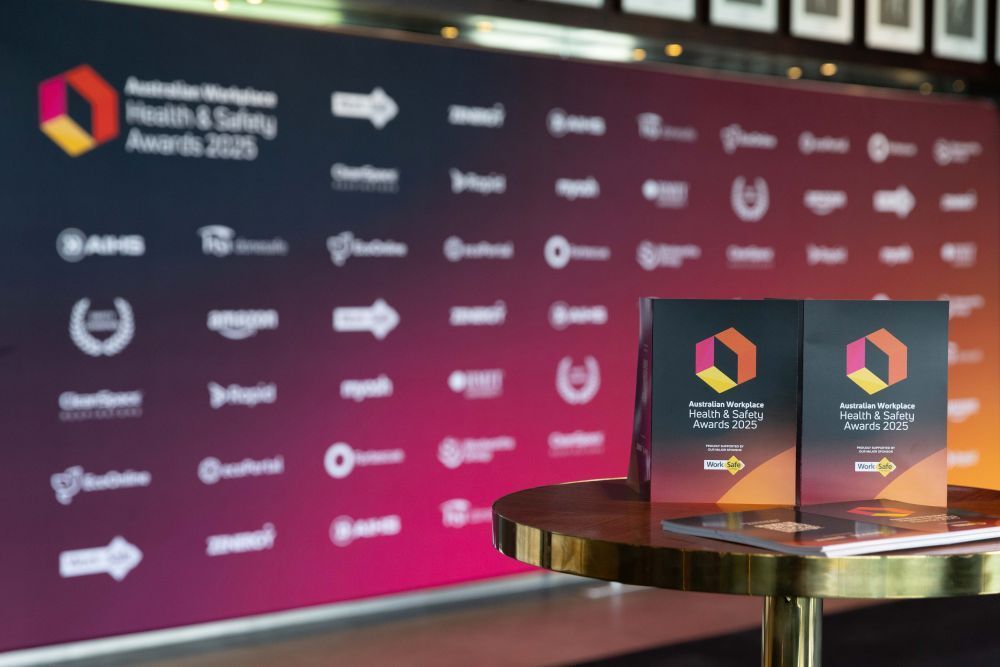How can organisations stay safe in times of growth? – An interview with Zenergy
A growing organisation brings a number of challenges for leaders. However, safety doesn’t always evolve with the rest of the business.
As a company scales upwards, so do the various challenges it faces. This is particularly true in the case of safety systems and processes that may not be as effective when exposed to rising head counts or different work in new markets. Partner at K&L Gates John Makris talked me through why times of expansions are so challenging and what leaders can do to ensure safety processes scale and evolve with the rest of the business.
John Makris is an expert in the field of WHS in Australia and understands the relationship between a leader’s desire to run a safe and growing business and the compliance and regulatory concerns they must adhere to. In his eyes, there are two broad reasons why times of growth can highlight an organisation’s weaknesses.
In some cases, leaders will assume that existing safety processes will scale as more people are added or as the size of jobs increases. In others, growth may send the business in a new direction to jobs or markets they aren’t prepared for from a safety perspective.
What questions do leaders need to ask?
When a business is growing, it’s easy to get caught up in purely financial or HR concerns. It’s understandable in the sense that growth is predicated on financial success and they need more people to achieve this, but leaders have to ask themselves what these changes mean for the way the business operates.
“What people don’t really step back and think about is “what’s the risk profile of my business as it grows?” John said. “They might look at the financial and HR challenges, but does the risk profile change? I think that’s where people get stuck.”
For leaders, it’s about being aware of whether or not there has been a fundamental change in the way their business operates. It could be anything from taking on projects in remote locations to buying new machinery that some employees aren’t used to, both of which can add new levels of risk to operations.
Are your employees prepared to learn about new equipment or machinery?
One of the most important things to keep in mind, according to John, is that these are questions that need to be asked proactively. Instead of growing and then thinking about what this new scale means for safety, leaders should map out their growth target and consider the safety implications before they get there.
Safety should be part of business as usual
Another common theme that can be applied to rapidly growing businesses is that the pressure that comes with tighter deadlines for bigger jobs can be distracting, consequently drawing attention away from training and risk assessment. John doesn’t believe this should be the case, and leaders need to keep up with evolving risks without losing momentum in the business.
“Risk assessment is about identifying changes in a workplace,” John says. “Stop, think about it, reassess it and then keep going.”
This is where consultation with workers is important as well, helping leaders to better understand the changes that are occurring in their businesses and how they can account for them without impeding the ability to meet deadlines or milestones.
A partnership between compliance and leadership direction
The idea that compliance on its own leads an organisation’s approach to safety is thankfully being drowned out by the more human-centric view of what it takes to be safe and why we do it. In Western Australia and other states, laws such as those that focus on director’s liability are bridging the gap between regulation and this new focus. However, some cases that have been through the courts have seen individual directors found liable for incidents that have resulted in fatalities.
“What it’s really about is saying we want your business to have the right systems and processes, and then what we want the key decision makers to do is just review them off and make sure that they’re working,” John explains.
Leaders need to be role models for the rest of the business.
“It’s designed to say that these people, because they’re decision makers, have influence and control over what the business does, and we want those at the top to make sure that happens and be the role models for the rest of the business.”
Regulators are changing the way they talk about safety and how they engage with senior leadership teams in businesses as well. They’re acknowledging that there has to be a link between the laws they enforce and the concept of safety as a cultural influence in a business.
“[Regulators] still have to enforce the laws but they really want to talk to key decision makers and directors about their organisations’ processes, culture and behaviours within them”.
The desire to create partnerships such as this will ideally help leaders develop a greater understanding of their responsibility in terms of health and safety processes. It’s not just about reducing their liability, but instead creating a realisation of how growth affects much more than just the bottom line.






